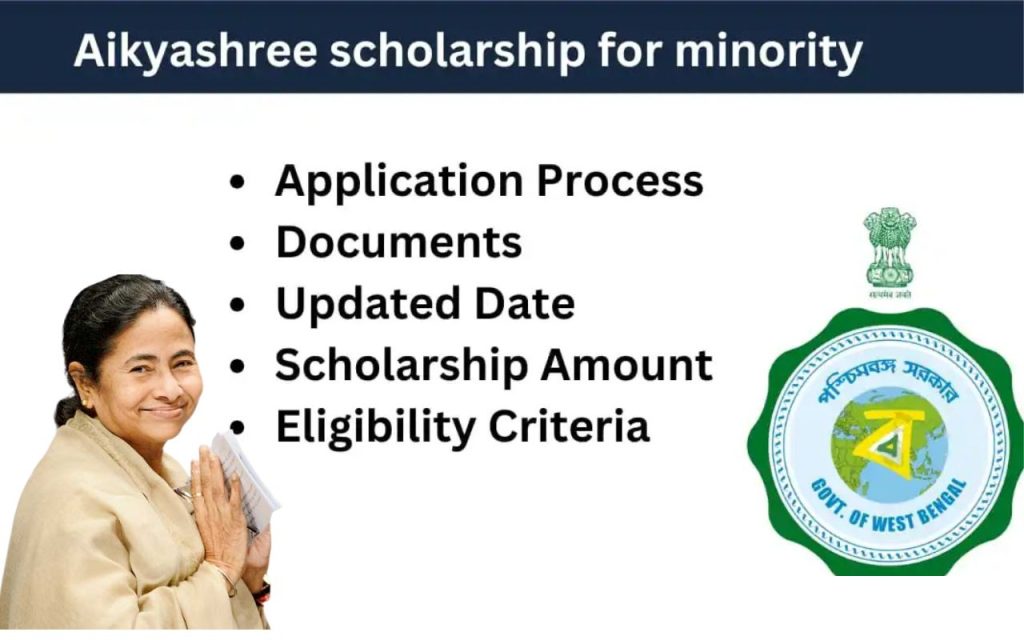isn’t a phase of life we finish; it’s a continuous journey that shapes who we are, from our first day of school to our last day in the workforce. The world is changing quickly, and the ways we learn must evolve too. It’s time to look beyond traditional methods and embrace learning that is dynamic, relevant, and engaging for everyone. This post is the first in our Youth Education Series, but the concepts apply to all ages. We’ll explore everything from powerful, peer-driven professional development, like BNI education moment ideas, to creative strategies that ignite a genuine passion for learning in young minds.
Rethinking Professional Growth: More Than Seminars
For many working adults, professional development feels like a chore—another mandatory training session or a long, expensive course. But what if the most effective learning happened in small, consistent increments within the communities you already trust? This is the power of micro-learning, and it’s changing how professionals stay sharp.
The Impact of Bite-Sized Learning
Networking groups are a perfect example of this principle in action. Organizations like Business Network International (BNI) have woven education directly into their weekly meetings with a concept called the “education moment.” Instead of a lengthy presentation, a member takes just a few minutes to share a practical tip. One week it might be about improving your elevator pitch; the next, it could be a tutorial on a time-saving app.
These brief sessions are incredibly effective because the information is concise, immediately applicable, and delivered by a peer who understands your challenges. This model proves that you don’t need to block out entire days for learning. Consistent, small doses of knowledge can build skills and confidence over time.
Fostering a Culture of Shared Knowledge
Any team or company can adopt this model. Imagine starting your weekly meeting with a five-minute “skill share.” A different team member could teach a new keyboard shortcut, explain a customer service tactic that worked, or demonstrate a productivity hack. This simple practice accomplishes several things at once. It democratizes learning, showing that everyone has valuable knowledge to contribute. It also builds a culture where continuous improvement is a shared responsibility, not a top-down mandate. By making learning a regular, integrated part of the workflow, you create a more adaptable and engaged team.
Sparking Curiosity: Engaging the Next Generation
While adults thrive on practical, bite-sized lessons, igniting a passion for learning in children and teenagers requires a different approach. The goal is to move away from rote memorization and toward experiences that foster genuine curiosity and critical thinking. Education should feel like an adventure, not an obligation.
Learning by Doing: The Power of Projects
Project-based learning is one of the most powerful tools for engaging young minds. Instead of simply reading about a topic in a textbook, students work together to solve a real-world problem. For instance, a science class could be tasked with designing and building a small rainwater collection system for the school garden.
This single project integrates multiple subjects. Students use math to calculate volumes and flow rates, biology to understand water purity, and engineering principles to design the system. More importantly, they learn collaboration, problem-solving, and resilience when their initial designs don’t work. The learning is meaningful because it is tied to a tangible outcome, answering the age-old question, “Why do I need to learn this?”
Meeting Students Where They Are
Today’s youth are digital natives, so it only makes sense to use technology to our advantage. Gamification—the use of game-like elements such as points, badges, and leaderboards—can make learning feel more like play. Language apps turn vocabulary drills into fun challenges, while interactive history platforms allow students to explore ancient civilizations through virtual tours.
These tools are effective because they use formats that students already find compelling. The key is to ensure the technology serves a clear educational purpose. It should encourage creativity and critical thinking rather than just passive consumption of content. When used thoughtfully, technology can unlock new and exciting pathways to understanding.
Bridging the Gap for a Smarter Future
Ultimately, the principles of effective education are universal. Whether it’s a quick tip shared among colleagues or a semester-long project for students, learning thrives when it is relevant, engaging, and connected to the real world.
By embracing these innovative strategies, we can foster a culture of lifelong learning. An educated community—where both adults and children are constantly growing their skills and knowledge—is better equipped to face future challenges. It becomes more collaborative, more innovative, and more resilient, paving the way for a brighter future for everyone.



